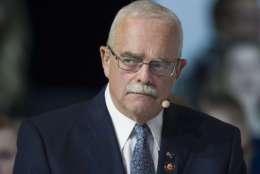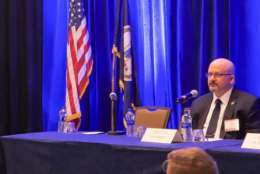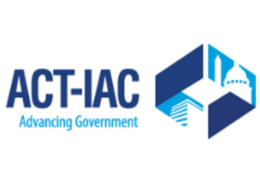IT Modernization
-
Rep. Gerry Connolly (D-Va.) warns that many IT modernization fixes passed already by lawmakers still aren't working as planned.
August 08, 2019 -
Karl Mathias, the chief information officer of the U.S. Marshals Service, said he hired a new chief technology officer to help develop a 5-to-10 year technology modernization roadmap.
August 08, 2019 -
USDA is the latest agency to announce a new training and reskilling opportunity, this time geared for rising IT employees interested in becoming a CIO or CISO.
August 07, 2019 -
Jeff Neal says the potential for AI will change how employees work, present new risks and change how the American people interact with the government.
August 07, 2019 -
Rick Hill, senior vice president with Human Touch, makes the case for why agencies should create a cloud center of excellence and program management office to oversee the transition to a new infrastructure.
August 06, 2019 -
Patrick Pizzella, acting Labor secretary, spent time at the agency in the 2000s and is using that knowledge to push the pace of change in technology, human resources and driving decisions through data.
August 05, 2019 -
John Zanni, CEO at Acronis SCS joins host John Gilroy on this week's Federal Talk Talk to discuss cybersecurity, risk management and what can be done to make the supply chain for hardware manufacturing safer.
August 05, 2019 -
Irv Dennis, the CFO of the Department of Housing and Urban Development, said the data analytics portion of the Centers of Excellence effort is helping to transform the agency’s financial management processes and technologies.
August 02, 2019 -
ACT-IAC's Suzanne Komara and Stu Hammer explain how the group is giving agencies a roadmap for how to improve their FITARA scores.
August 01, 2019 -
Current acting CIO Terryne Murphy accepted a new job in government and Andre Mendes, the CIO at ITA, to take over that role.
August 01, 2019 -
Sen. Josh Hawley's new bill would give legal authorities more power to act against social media companies that don't remove addictive features in their websites.
August 01, 2019 -
The team behind the FITARA scorecard at the Government Accountability Office says changes are in the works for the next IT modernization rubric.
August 01, 2019 -
GAO said VA doesn’t have a comprehensive definition of its current VistA system, or how much it’s spending to keep it up and running.
July 31, 2019 -
Potential contractors and grantees are waiting longer to get a CAGE Code from the Defense Logistics Agency, which is needed to do business with the government.
July 29, 2019 -
Veterans Affairs says it will spend nearly $5 billion over next 10 years to maintain legacy electronic health record while implementing a separate, multi-billion-dollar system at facilities.
July 26, 2019















